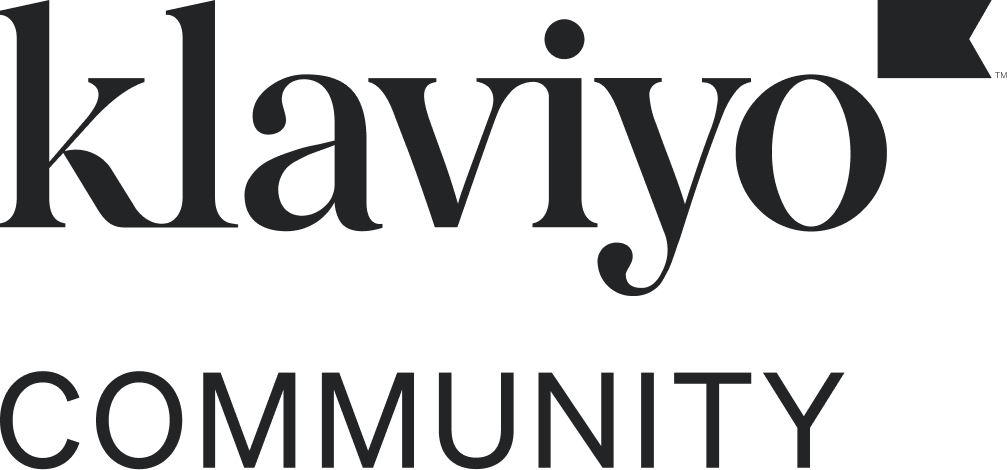My clients has a large, unorganized database of nearly 900k profiles, 650k of which are active email profiles.
There is no real master list in effect here. Profiles entering the database from varying avenues are added to different lists.
I have never organized a database of this size before.
I’m wondering do the same principles of a regular store apply here. Having one master list with everyone on it and various other lists and segments for different sign-up sources etc?
For example the client has many brick and mortar locations and capture customers email manually from the store and upload them to klaviyo.
Should all of these emails be added to the master list and be automatically added to other lists via a tagging system. How would that work?
Also if anyone could outline a process whereby I could begin to wrap my head around the database and get a system in place to clean it up, that would be amazing.
Thank you!
Best answer by KatherineB
View original



![[Academy] Klaviyo Product Certificate Badge](https://uploads-us-west-2.insided.com/klaviyo-en/attachment/8798a408-1d98-4c3e-9ae8-65091bb58328_thumb.png)

